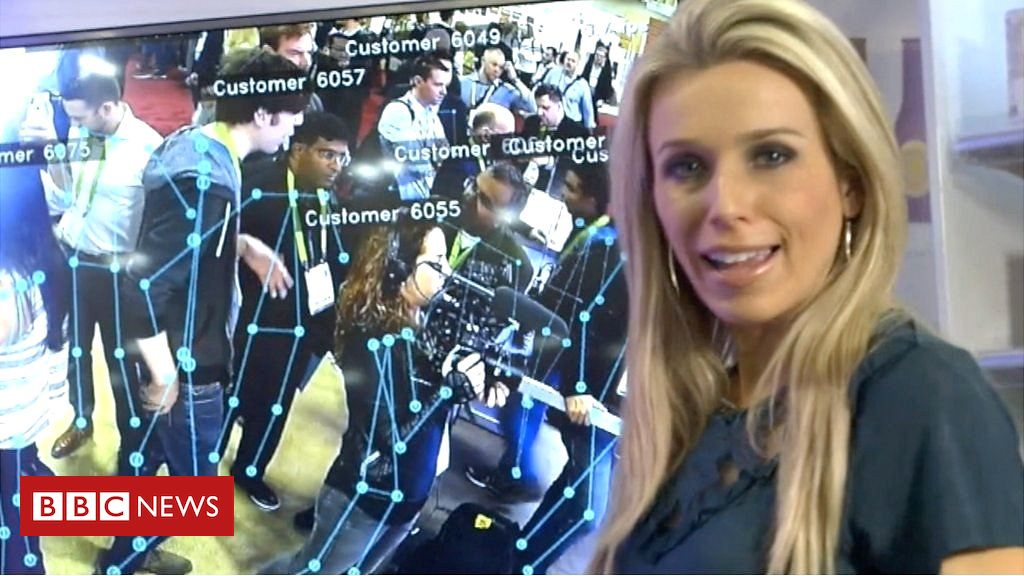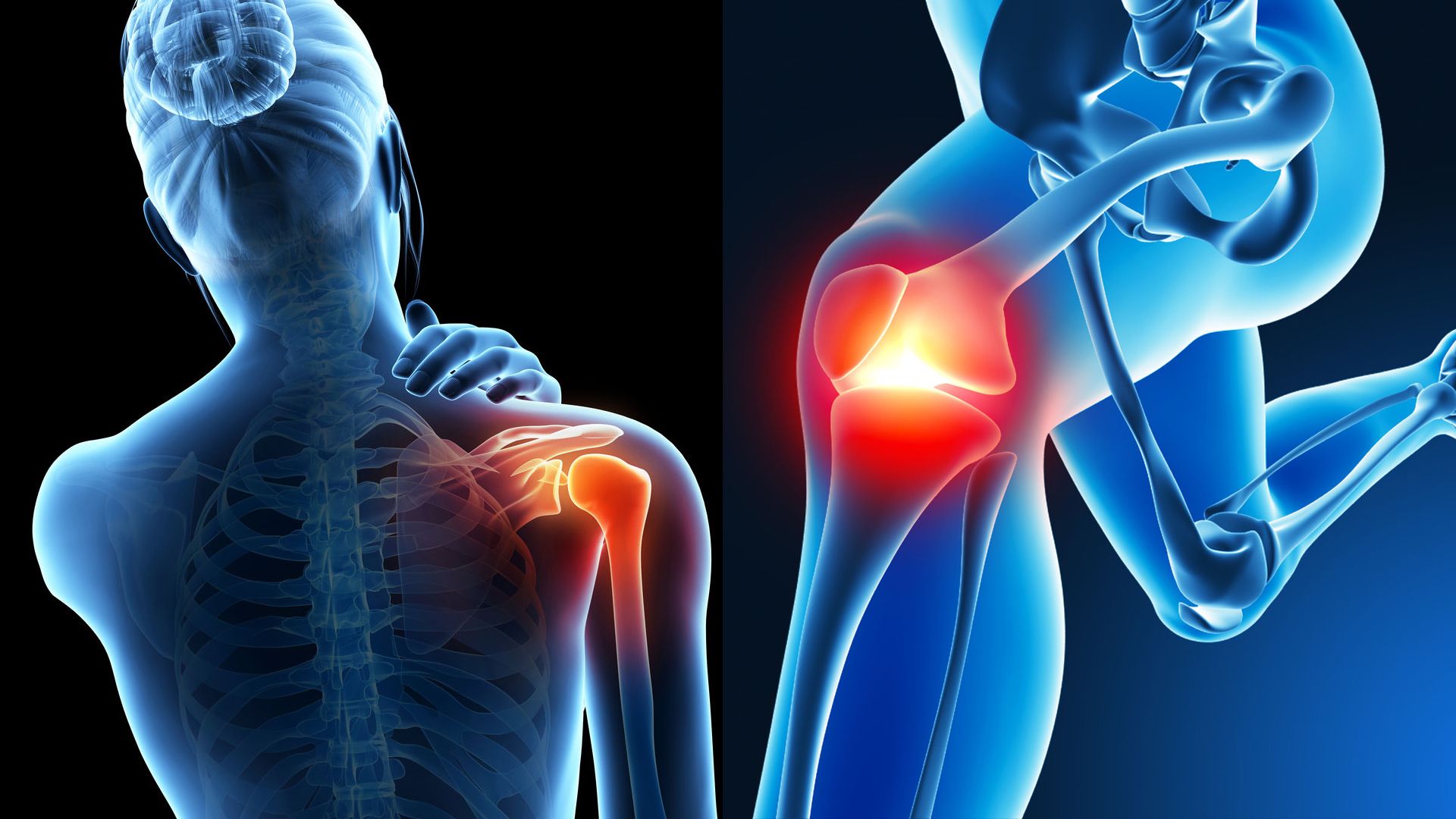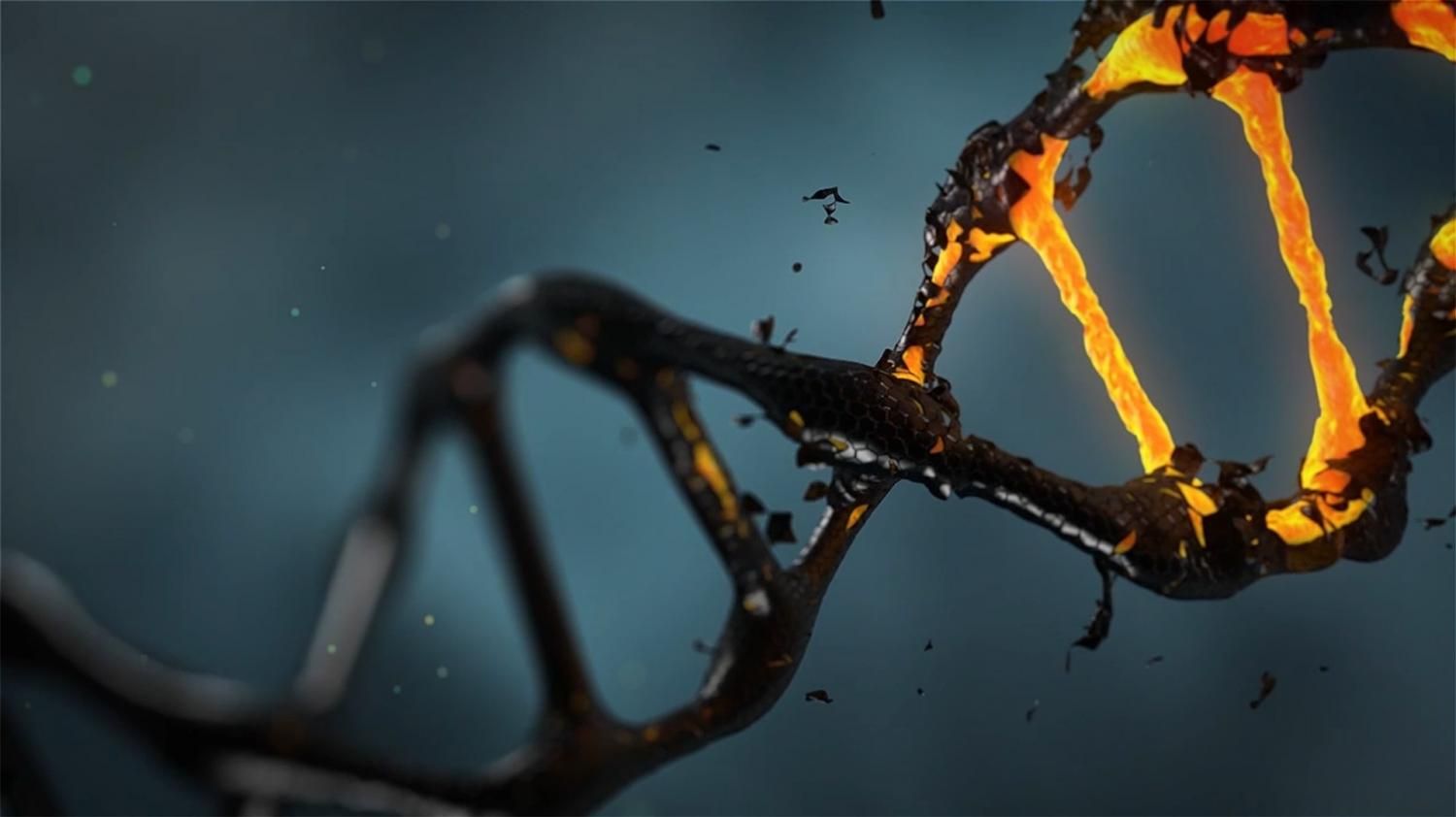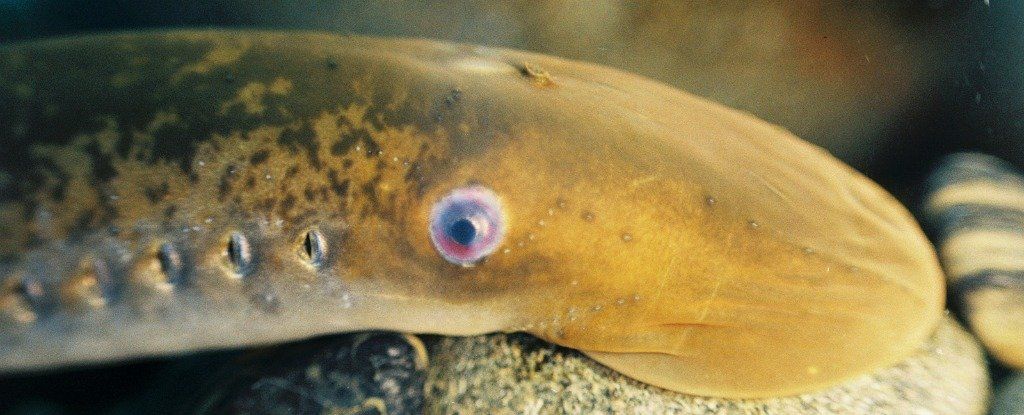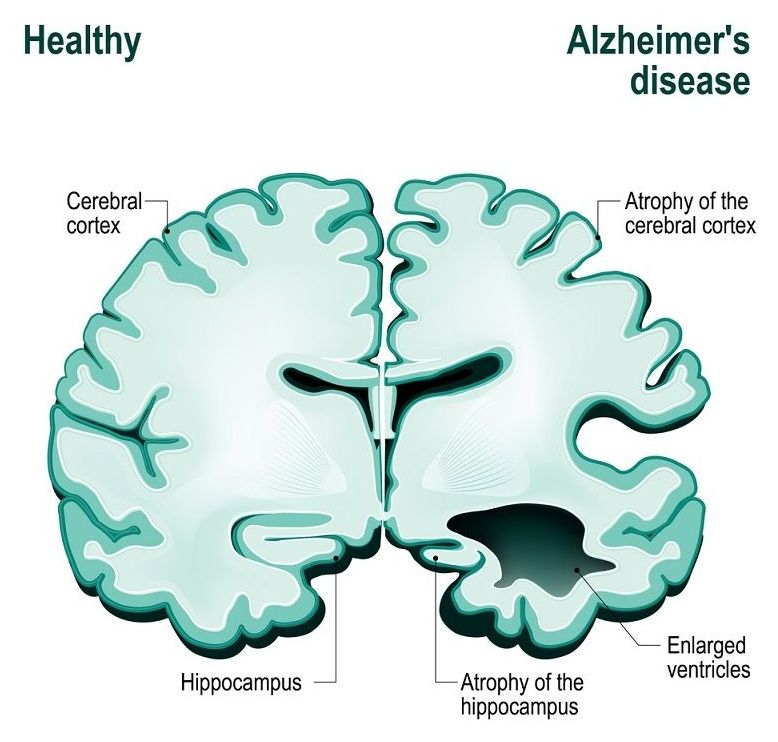Page 9947
Jan 18, 2018
Food store AI sees what you put in basket
Posted by Shailesh Prasad in categories: food, robotics/AI
Jump to media player A prototype system spots what shoppers pick up so that they can avoid queuing to pay at the till.
Jan 18, 2018
Researchers Have Developed A New Way To Block Pain
Posted by Shailesh Prasad in category: neuroscience
For anyone who has accidentally injured themselves, Dr. Zachary Campbell not only sympathizes, he’s developing new ways to blunt pain.
“If you have ever hit yourself with a hammer, afterward, even a light touch can be painful for days or even weeks,” said Campbell, who researches pain on the molecular level at The University of Texas at Dallas. “While many of us may not be coordinated enough to avoid an accident, my goal is to disrupt the inception and persistence of pain memories.”
Campbell directs the Laboratory of RNA Control and recently published a study in the journal Nature Communications in close collaboration with Dr. Ted Price, an associate professor from the Pain Neurobiology Research Group, and Dr. Michael Burton, a new assistant professor from the School of Behavioral and Brain Sciences who conducted postdoctoral work at UT Dallas.
Continue reading “Researchers Have Developed A New Way To Block Pain” »
Jan 18, 2018
Researchers Recreate DNA Of Man Who Died In 1827 Despite Having No Body To Work With
Posted by Shailesh Prasad in categories: biotech/medical, genetics
An international team of researchers led by a group with deCODE Genetics, a biopharmaceutical company in Iceland, has partly recreated the DNA of a man who died in 1827, despite having no body to take tissue samples from. In their paper published in the journal Nature Genetics, the team describes reconstructing “a sizable portion” of the original DNA of the man by studying DNA samples from his descendants.
In a unique and interesting project, the team worked with genetic information from people living in Iceland to recreate the DNA of a man well known in that country due to his unique story. He was an escaped black slave who made his way to Iceland—a place where there were no other people of African descent. That made his DNA extremely unique. More importantly, the man, Hans Jonatan, was, as the story goes, “welcomed with open arms,” which meant he was able to marry a local woman and have children. Those children produced children of their own, who inherited part of Jonatan’s DNAdding to the story, Iceland just happens to have one of the most extensive genealogical databases in the world today—it includes data on over a third of the entire population of the country.
In this new effort, the researchers took advantage of the unique situation to find Jonatan’s descendants by narrowing an original pool of 788 descendants down to a manageable 182—each one of whom held one small piece of the puzzle in their genes. After much work, the team reports that they were able to use the pieces they found to recreate a large part of Jonatan’s DNA without using any tissue from him at all—the first time such a feat has ever been achieved. They were also able to trace some of Jonatan’s ancestry starting with his mother, an African slave on a plantation in St. Croix, which at the time of Jonatan’s birth was a Danish colony. They believe his father was a white European.
Jan 18, 2018
Humans Share a Relevant Gene With This Fish That Can Repair Its Spinal Cord
Posted by Shailesh Prasad in category: biotech/medical
The lamprey looks about as different from a human as you can imagine. This fish has an eel-like, finless body, bulging eyes, and a circle of frankly horrifying teeth in place of a jaw, which some species use to latch onto other animals and suck their blood.
Yet these alien-looking creatures share something fairly extraordinary with humans: we both contain genes that, in the lamprey, allows it to repair broken spinal cords.
The discovery shows promise for medicine: if we could one day activate the same gene in humans, we could reverse spinal cord damage — even paralysis.
Continue reading “Humans Share a Relevant Gene With This Fish That Can Repair Its Spinal Cord” »
Jan 18, 2018
How to use the new Google app that matches your face with famous paintings
Posted by Shailesh Prasad in category: media & arts
The Google Arts & Culture app went viral over the weekend as people discovered the funny results it can provide. Some are accurate while others aren’t so much.
Here’s how to use it.
Jan 18, 2018
Distinct Types of Amyloid-beta Prion Strains in Alzheimer’s Disease Discovered
Posted by Nicola Bagalà in categories: biotech/medical, neuroscience
Distinct amyloid-beta prion strains discovered in different variants of Alzheimer’s disease.
In a paper in the Proceedings of the National Academy of Sciences, a research team led by Carlo Condello presented their results from a study of the sliced brain fragments of deceased Alzheimer’s disease (AD) patients. It appears different amyloid-beta prions are uniquely associated with different AD variants [1].
A primer on Alzheimer’s disease
Continue reading “Distinct Types of Amyloid-beta Prion Strains in Alzheimer’s Disease Discovered” »
Jan 18, 2018
Could Filtering Our Aged Blood Keep us Young?
Posted by Nicola Bagalà in categories: bioengineering, biotech/medical, life extension
An interview with Drs. Irina and Michael Conboy on the topic of young blood and blood filtering for rejuvenation purposes.
Due to a recently published study on the effects of young plasma on aged mice, we got in touch with Dr. Irina Conboy of Berkeley University. Dr. Conboy is an Associate Professor at the Department of Bioengineering and an expert in stem cell niche engineering, tissue repair, stem cell aging and rejuvenation. Before we dive into the main topic, let’s familiarize ourselves a little with Dr. Conboy and her work.
Dr. Conboy got her Ph.D. at Stanford University, focusing on autoimmunity. She met her partner in science—and in life—Dr. Michael Conboy at Harvard and they got married before embarking on graduate studies; they celebrated their Silver Anniversary a few years ago. During her postdoctoral studies, she began focusing on muscle stem cells, trying to figure out what directs them to make new healthy tissue and what causes them to lose their ability to regenerate the tissues they reside in as we age[1].
Continue reading “Could Filtering Our Aged Blood Keep us Young?” »
Jan 18, 2018
The Dirty Secret of the Fish Oil Supplement Industry
Posted by Brady Hartman in category: life extension
A look back at the most popular life extension articles of 2017.
A controversial study funded by the omega-3 fish oil supplement industry caused the AHA to step in and set the record straight.
Jan 18, 2018
Google Futurist Ray Kurzweil Hacks His Body With These
Posted by Brady Hartman in categories: biotech/medical, life extension, Ray Kurzweil
A look back at the most popular life extension articles of 2017.
The futurist Ray Kurzweil takes 100 pills a day to live forever. Here’s a list of 80 of the vitamins and supplements that he takes.

